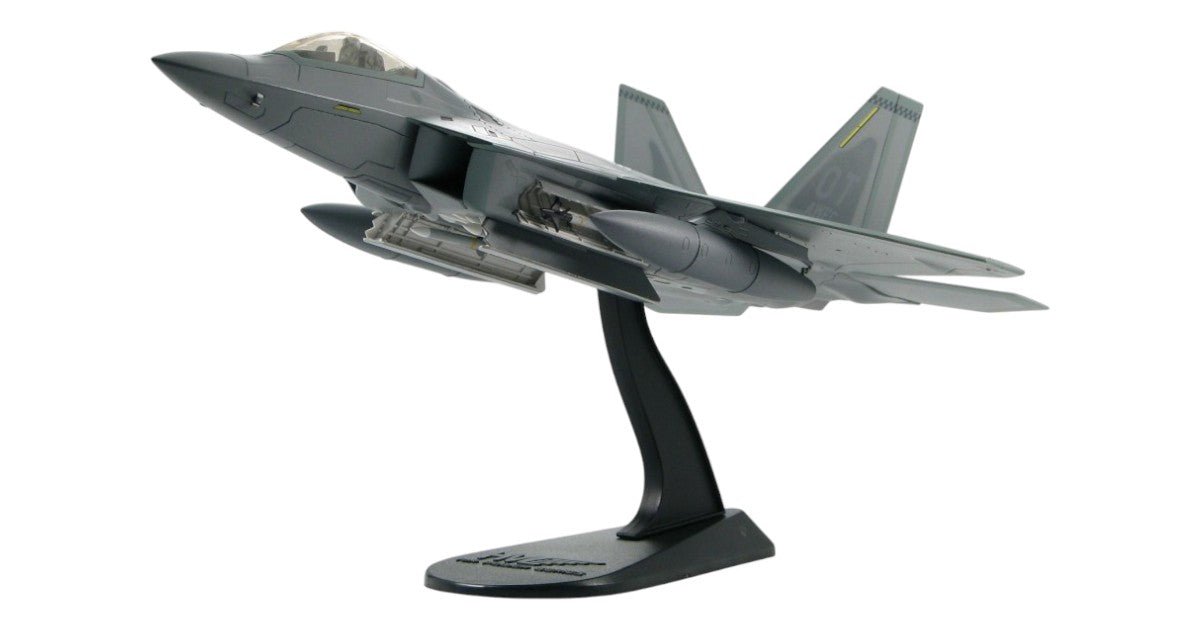How to Spot a Rare Diecast Aircraft Model
Introduction
Not all diecast aircraft are created equal. In this guide, we’ll show you how to spot rare models, what features to look for, and why some are worth more than others.
1. Limited Edition Numbers
One of the easiest indicators of rarity is a limited production run. Models that are individually numbered (e.g. #259 of 1000”) tend to hold higher value — especially if the production number is low. Look for models with edition numbers clearly printed on the box or base.
Tip: Always check if the manufacturer released the model as a one-time production or if it’s part of an ongoing series.
2. Discontinued or Retired Models
Once a model is retired or the manufacturer stops producing it, the value typically increases — especially if the brand is well-respected (like Corgi, Hobby Master, or JC Wings). Keep a lookout for older releases that are no longer in circulation.
Hint: If it’s no longer listed on the manufacturer’s site, chances are it’s discontinued.
3. Special Liveries or Markings
Models that feature special liveries, anniversary paint schemes, or aircraft flown by historically significant squadrons or pilots are often produced in limited quantities and are highly sought-after.
Examples include:
-
D-Day invasion stripes
-
Commemorative markings
-
Aircraft used in notable missions or air shows
4. Condition & Packaging
Even the rarest model loses value if it’s not in near mint (NM) or mint (M) condition. Original packaging, inserts, and certificates of authenticity can significantly boost value.
Checklist:
-
Original box
-
Undamaged landing gear and propellers
-
Display stand (if included)
-
No paint chips or missing decals
5. Manufacturer Reputation
Certain brands are known for making low-run, high-detail aircraft models. Collectors tend to place higher value on pieces from:
-
Hobby Master
-
Corgi Aviation Archive
-
InFlight 200
-
Gemini Jets (for commercial aircraft)
-
Century Wings
If the brand has a track record of limited-run, highly accurate releases, the model is more likely to appreciate.
6. Historical Relevance
Aircraft that played a role in major conflicts, or were piloted by aces or decorated squadrons, often generate higher interest. For instance:
-
Spitfires from the Battle of Britain
-
B-17s from the 8th Air Force
-
F-22 Raptors with squadron markings
Pro tip: The more historical context tied to a model, the more collectible it becomes.
Conclusion
Collecting diecast aircraft is more than just a hobby — it’s a way to own a piece of aviation history. From limited edition runs to rare liveries and discontinued models, spotting a rare aircraft model becomes easier once you know what to look for.



